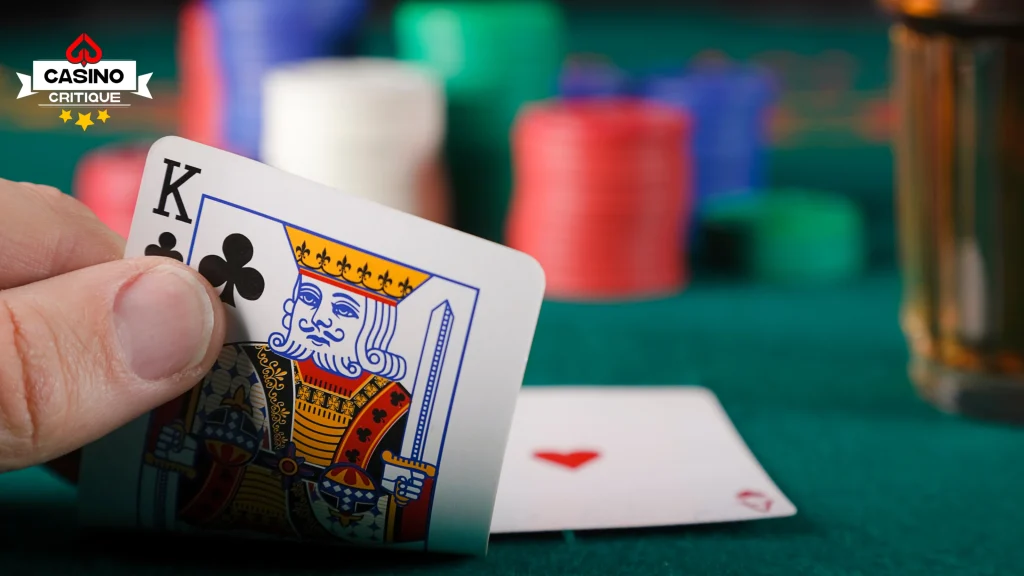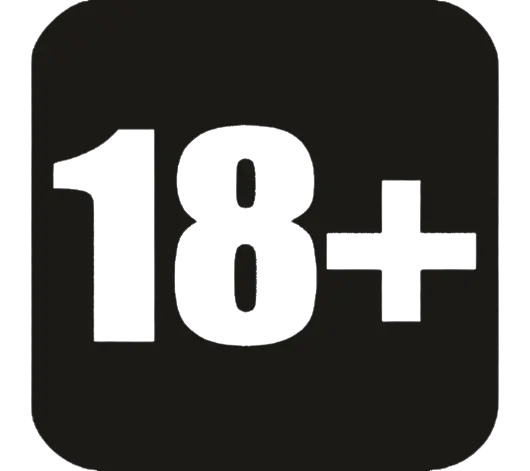
Blackjack, one of the best popular casino games, hinges on the player’s ability to quickly and accurately value their hand. Each card holds a specific value, with numbered cards worth their face relevant, face cards valued at ten, and aces as either one or eleven.
This simple yet vital aspect of the game affects every decision a player makes, from hitting to standing, doubling down to splitting pairs. Mastering card values is not just about knowing the numbers; it’s about developing the agility to adapt your strategy in real-time, increasing your chances of defeating the dealer and securing a win. A solid grasp of card values is the foundation upon which skilled players build their tactics and make informed bets.
Table of Contents
Why Card Values Matter in Blackjack
Understanding card values is the foundation of every winning blackjack strategy. Whether you’re a beginner trying to grasp the basics or a seasoned player Searching to sharpen your edge, this guide will walk you through:
- The exact value of each card
- How to spot soft vs. hard hands
- Game-winning strategies tied to card totals
- Interactive scenarios for real-world learning
Let’s get started.
Blackjack Card Values
| Card Type | Value |
|---|---|
| Number Cards (2–10) | Face value (2 = 2, 9 = 9, etc.) |
| Face Cards (J, Q, K) | 10 points each |
| Ace | 1 or 11 (whichever benefits you) |
💡 Pro Tip: The Ace is your most flexible card. It counts as 11 unless doing so would bust your hand — in which case, it automatically becomes 1.
How To Play Blackjack- Basics
Blackjack is a famous card game that is played in casinos worldwide. Each player competes against the dealer. The goal is simple: get a hand value closer to 21 than the dealer’s without going over. Here’s how the game unfolds:
- Players receive two cards face up.
- The dealer gets two cards. Usually one face up and one face down.
- Players decide to hit (take another card), stand (keep their hand), or take other actions.
- The best hand is an ace with a 10, Jack, Queen, or King, called a Blackjack.
Strategic Use of Card Values
Knowing card values lets you make smarter decisions:
| Your Hand | Dealer’s Card | Smart Move |
|---|---|---|
| Ace + 6 (Soft 17) | 10 | Hit |
| 10 + 6 (Hard 16) | 6 | Stand |
| 8 + 8 | 5 or 6 | Split |
| 9 + 2 | 2–6 | Double Down |
| Ace + 8 (Soft 19) | 9 or 10 | Stand or Hit (advanced) |
The Dealer’s Hand And Card Values
Understanding the Dealer’s Hand and Card Values in Blackjack is key. This part of the game can seem tricky. But, it’s easier once you know the rules. Let’s dive into how the dealer’s cards affect your game.
Dealer Rules
Every Blackjack game follows set rules for the dealer. These rules guide how the dealer plays their hand. Knowing these can help you guess what the dealer has. Here’s a simple breakdown:
🔴 Dealer stands on 17: This means if the dealer’s cards total 17 or more, they can’t take more cards.
🔴 Dealer hits on 16: If the dealer’s cards total 16 or less, they must take another card.
This knowledge lets you plan your moves better. You can decide when to hit or stand based on what the dealer might do.
Predicting The Dealer’s Card
Predicting what the dealer has is a bit like guessing. But, you can make smart guesses. Look at the dealer’s up card. This card gives you clues. Here are some tips:
| Dealer’s Up Card | Chance of Dealer Busting |
|---|---|
| 2 through 6 | High |
| 7 through Ace | Low |
While the dealer’s up card is between 2 and 6, they’re more likely to bust. This means they’re more likely to take more cards and go over 21. If the dealer’s up card is seven or higher, they have a better chance of getting a good hand. You can use this info to decide your next move.
Different Blackjack Variants
Blackjack tempts players with its blend of skill and chance. Players must understand card values to master the game. Different blackjack variants feature unique twists on card values. These nuances can affect game strategy and odds.
European Blackjack
In European Blackjack, the card values remain traditional. Here’s a quick rundown:
🔴 Aces can be 1 or 11.
🔴 Face cards are worth 10.
🔴 Cards two through 10 retain their face value.
Understanding these values is crucial for forming a strategy in European Blackjack.
Spanish 21
Spanish 21 alters the deck. It removes all 10s, changing the game dynamics. Here’s how:
🔴 Aces are still 1 or 11.
🔴 Face cards remain at 10.
🔴 Removed 10s create more decks with 48 cards.
This variant often includes bonus payouts for certain hands, influencing player decisions.
Blackjack Switch
Blackjack Switch lets players swap cards between hands. Card values are standard, with a twist:
🔴 Aces vary between 1 and 11.
🔴 Face and number cards keep their values.
🔴 Switching cards can lead to new hand totals.
Players must adapt to the switching rule to exploit potential advantages.
T can say goodbye. Play smart, but also play right.
The Future Of Blackjack
The future of Blackjack gleams with potential. As technology reshapes our world, even classic card games like Blackjack evolve. Understanding card values remains crucial, but the way we play and engage with Blackjack is transforming. Let’s delve into the advancements and changes on the horizon for this timeless game.
Technological Advances
Technology brings Blackjack to new heights. Digital platforms offer players global access. Live dealer games replicate the casino vibe from home. Artificial intelligence could soon personalize gaming experiences. Virtual reality may immerse players in a 360-degree Blackjack world. These innovations promise to redefine how we experience the game.
🔴 Digital platforms: Play anytime, anywhere.
🔴 Live dealer games: Real-time, interactive play.
🔴 Artificial intelligence: Tailored gaming for each player.
🔴 Virtual reality: Step inside a virtual casino.
The Evolution Of Card Values
The essence of Blackjack lies in its card values. Yet, the digital age might introduce new ways to value cards. Imagine special digital decks with variable values or cards with dynamic effects. These changes could add fresh strategies to the game. Players must adapt to stay ahead in the ever-evolving landscape of Blackjack card values.
| Traditional vs. Potential Future Card Values | |
| Traditional Value | Potential Future Concept |
|---|---|
| Number Cards (2-10) | Dynamic Values Based on Game Progress |
| Face Cards (Jack, Queen, King) | Special Effects (e.g., swap, skip turn) |
| Ace (1 or 11) | Player-Selected Value at Any Turn |
The integration of technology with traditional Blackjack rules will not only transform gameplay but also challenge players to think differently. With each technological leap, the game of Blackjack becomes more engaging and complex, ensuring it remains a favorite for generations to come.
Frequently Asked Questions
What Are Blackjack Card Values?
Blackjack card values are integral to the game. Number cards count as their face value, face cards (kings, queens, jacks) are worth 10, and aces can be either 1 or 11, depending on the player’s choice.
How Do Card Values Affect Blackjack Strategy?
Card values in blackjack influence strategy decisions, such as hitting or standing. Knowing the values helps players determine the likelihood of busting or achieving a desired hand total, guiding their next move.
Can The Ace Card Value Change In Blackjack?
Yes, the value of an ace in blackjack can change. It can be worth either 1 or 11, depending on which value benefits the player’s hand the most. This flexibility makes the ace a powerful card.
Why Are Face Cards Important In Blackjack?
Face cards are important in blackjack because they are valued at 10. This makes them crucial for forming blackjacks (an ace plus a face card) and strong hands that are less likely to bust when hitting.
Conclusion
Mastering blackjack card values is crucial for any player aiming to succeed at the table. This knowledge not only enhances your game strategy but also boosts your chances of winning. Embracing the importance of card values can transform your blackjack experience, making every hand a potential victory.
Remember, every card counts towards achieving that winning edge.


















